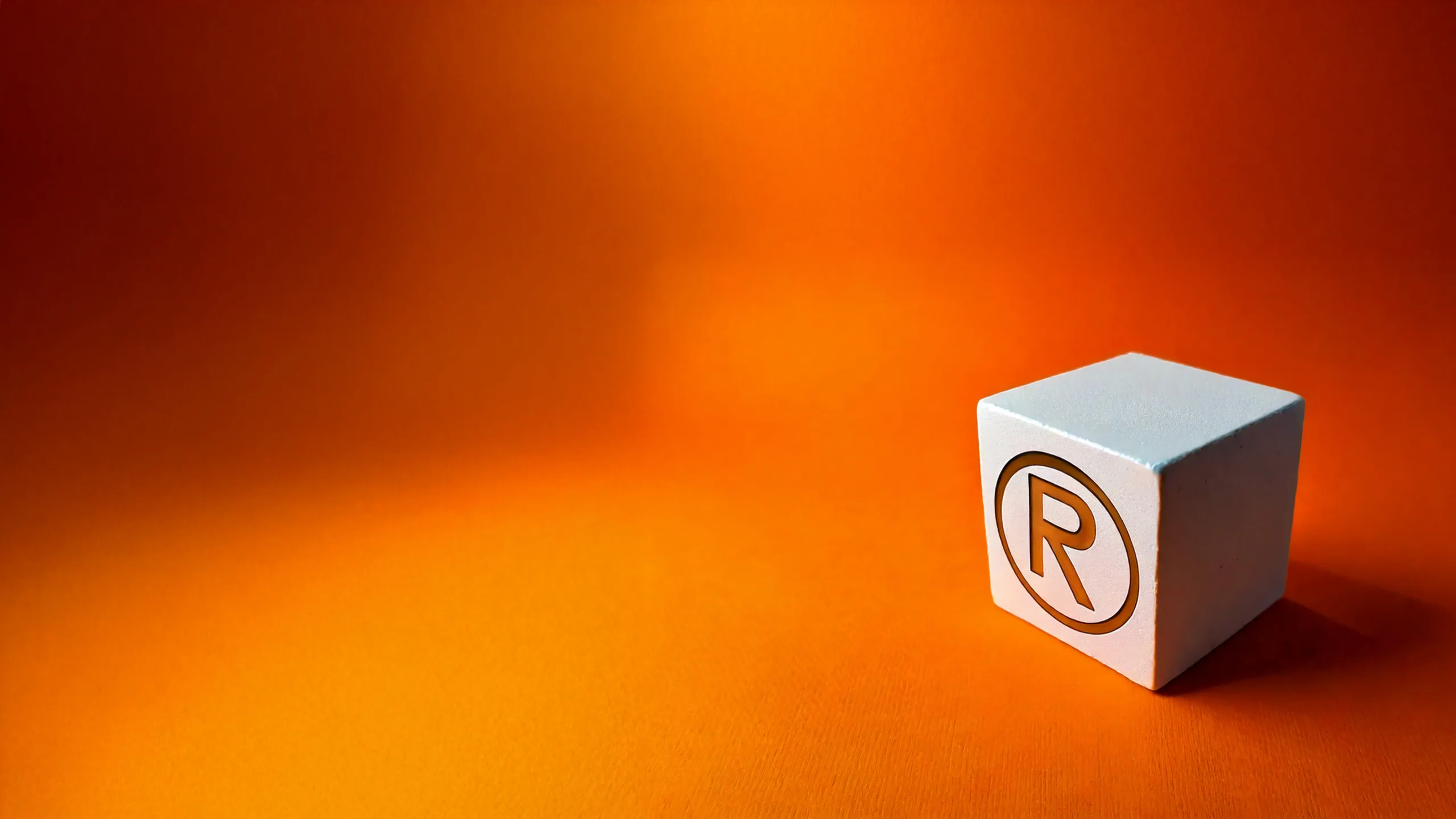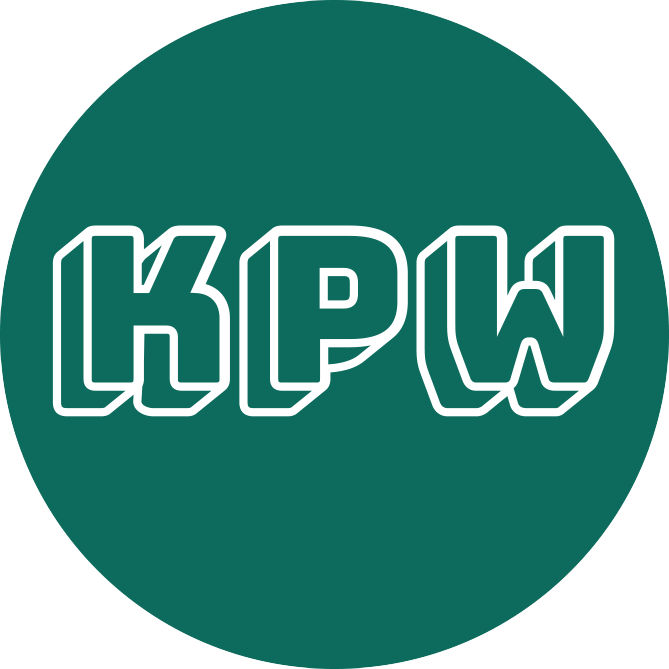
Background knowledge
Shapes
of a
trademark?
Shapes
of a
trademark?
Brand shapes
Wer eine Marke anmelden will, hat die Wahl zwischen einer theoretisch unbeschränkten Vielzahl von verschiedenen Markenformen. Die Auswahl orientiert sich daran, welches Produkt mit der Marke gekennzeichnet werden und wie die Kennzeichnung erfolgen soll. Die mit Abstand häufigsten Marken sind die Wortmarke und die Bildmarke bzw. Wort-/Bildmarke.
The permissible forms of trademarks may differ depending on the country. In Germany and the EU, all signs, in particular words including personal names, images, letters, numbers, sounds, three-dimensional designs including the shape of a product or its packaging as well as other forms of presentation including colors and color combinations can be protected as a trademark. The list is not exhaustive, which is why trademark law is also open to new, previously unknown trademark forms as long as they are graphically representable and distinctive, i.e. capable of distinguishing the goods and services of one company from the goods and services of another company.
The permissible trademark forms can vary depending on the country. In Germany and the EU, all signs that are suitable for distinguishing goods and services can be protected as a trademark. These include in particular
Word mark
A word mark is one of the most common forms of trademark and is used to protect words or sequences of signs that are suitable for distinguishing the goods and services of one company from those of other companies. It consists of pure signs, such as words, letters, numbers or a combination of these, and is protected independently of a specific graphic design.
Examples of word marks are company names, product names or slogans, such as “Coca-Cola”, “Vorsprung durch Technik”, “VW” or “4711”. Protection extends to the actual spelling, regardless of font, color or design. This allows flexible use, for example in different designs or contexts, without losing trademark protection.
The registration of a word mark requires that the sign is distinctive and does not consist exclusively of descriptive terms that merely describe the nature, quality or origin of the goods or services.
Figurative mark
A figurative mark is a type of trademark that consists exclusively of graphic elements. It protects images, symbols, logos or other visual designs that are suitable for distinguishing the goods or services of one company from those of other companies.
In contrast to a word mark, a figurative mark does not contain any words, letters or numbers, but consists purely of visual design elements. Examples of figurative marks are company logos such as Apple’s stylized apple logo or the Nike swoosh symbol.
The protection of the figurative mark extends to the specific graphic representation as it was entered in the trademark register. This means that the shape, color and design must remain largely unchanged in order to retain trademark protection in full.
The registration of a figurative mark requires that the design is distinctive, i.e. it must clearly stand out from simple geometric shapes or purely decorative elements that do not fulfill an origin function. Figurative marks consist of any graphic representations, but these must also not be descriptive, e.g. by means of images of the goods or services to be identified.
Word/figurative mark
A word/figurative mark combines elements of the word mark and the figurative mark. It consists of a combination of words, letters or numbers with graphic elements such as images, logos, symbols or certain font designs. This type of trademark protects both the textual elements and their graphic representation in their specific combination.
A classic example of a word/figurative mark is the Coca-Cola logo, where the lettering is designed with a characteristic font, or the McDonald’s logo with the distinctive “M” and the accompanying text.
The protection of a word/figurative mark extends to the specific representation as it was entered in the trademark register. This means that changes to the font, colors or layout can affect the scope of protection.
The word/figurative mark is particularly suitable for companies that want to combine their brand name with a recognizable design in order to achieve a stronger visual impact and brand identity. A prerequisite for registration is that the combination of word and figurative elements is distinctive and fulfills a clear function of origin. This means that the word/figurative mark can be used to register otherwise descriptive word or figurative elements if the other part and thus the trademark as a whole is not descriptive.
Sound marker (sound marker)
A sound mark (also known as a sound mark) is a type of trademark that protects acoustic signs, such as melodies, jingles, tones or other sound elements. It is used to distinguish a company’s goods or services from those of other companies by means of audible characteristics. Well-known examples are the Intel jingle or the Telekom signature tune.
In contrast to word or figurative marks, the protection of a sound mark is based exclusively on auditory elements. It can consist of a short sequence of tones, a melody or a characteristic noise. The decisive factor is that the sound is distinctive and memorable for the listener.
For a sound mark to be registered, the sound must be represented in such a way that it can be clearly identified. As a rule, this is done by means of a sound recording or a musical notation with additional information describing the sound characteristics.
The sound brand is particularly suitable for companies that want to strengthen their brand identity through acoustic recognition features – for example in advertising, telephone systems or digital media. The prerequisite is that the sound is not purely descriptive or functional, but serves as a clear distinguishing feature.
Three-dimensional trademark (3D trademark)
A 3D trademark is a type of trademark that protects three-dimensional designs. It can include the shape of a product, its packaging or other spatial elements that are suitable for distinguishing the goods or services of one company from those of other companies. Well-known examples are the characteristic Coca-Cola bottle or the Toblerone bar with its unmistakable shape.
The protection of a 3D trademark extends to the registered spatial design as shown in the trademark register. This can be the shape of a product itself, a specific design or even a combination of shape and color.
The registration of a 3D trademark requires that the design is distinctive and clearly stands out from the usual shapes in the industry. Shapes that are purely technical or functionally necessary cannot be protected as a trademark. Protection is also excluded if the design serves solely to increase the utility value.
The 3D trademark is particularly suitable for companies that use unique product designs or packaging to strengthen their trademark and differentiate themselves from the competition. With a registered 3D trademark, a company can ensure that its characteristic shapes are not imitated by the competition
Color mark
A color mark is a type of trademark that protects a single color or a specific color combination. It is used to distinguish the goods or services of a company from those of other companies using color as a characteristic feature. Well-known examples are Telekom magenta or Nivea blue.
The protection of a colour trademark extends to the registered color in the exact colour definition, usually based on internationally recognized colour codes such as the RAL system or Pantone colour codes. Either a single color (single color trademark) or a defined combination of several colors (color combination trademark) can be protected.
A high degree of distinctiveness is required for the registration of a single color mark. This means that the color must be clearly associated with the company or its product range in the relevant market. This usually requires a long and intensive use of the color in corporate communication or on products.
The color mark is particularly suitable for companies that want to create a strong visual brand identity through an unmistakable color scheme. It is a powerful tool to increase the recognition and exclusivity of a trademark. However, a prerequisite for protection is that the color is not purely decorative or descriptive and has no technical or functional significance.
For example, colors without contours and color combinations can be protected as color marks. The difficulty here, as with three-dimensional product shape marks, is that colors are generally perceived by consumers as a design feature and not as a means of differentiation.
Position marker
A position mark is a special type of trademark that is characterized by the fixed placement of a sign, shape or design element on a product. The protection of a position mark does not refer to the sign itself, but to its exact position on the product. Well-known examples are the red sole of Christian Louboutin shoes or the trefoil logo of Adidas in a specific position on clothing.
The registration of a position mark requires a precise description and representation that indicates exactly how and where the protected sign is affixed to the product. This is often achieved by a pictorial representation in combination with a description that clearly defines the position.
The prerequisite for protection is that the position mark is distinctive. This means that the arrangement and placement of the sign in the relevant market is perceived as an indication of the origin of the goods or services. A purely decorative or functional placement is not eligible for protection.
The position mark is particularly suitable for companies that want to create a unique brand identity through a distinctive and recognizable design of their product. With a registered position mark, imitators can be prevented from using similar design elements in the same place and thus creating a risk of confusion.
Identification thread mark
An identification thread mark is a special type of mark that is characterized by the attachment of a thread, ribbon or similar marking to a product. This thread serves to distinguish the goods of one company from those of other companies. The trademark protects the specific design and placement of the identifying thread as well as its visual design, such as color, material or pattern.
An example of an identification thread mark is a mark indicating the origin of cables, hoses and fabrics that are sold in units of length and regularly cut to length. Accordingly, identification thread marks regularly run parallel to the length of the marked goods.
In order to register a tracer thread mark, it is necessary to precisely describe and illustrate the design and position of the tracer thread. In addition, it must be proven that the identifying thread fulfils a distinctive function, i.e. that it is recognized in trade as an indication of the origin of the product. A purely decorative thread without an origin-indicating effect is not eligible for protection.
The identification thread mark is particularly suitable for companies that want to strengthen the recognition of their products with a unique, visible detail or whose products are difficult or impossible to identify otherwise. With a registered identification thread mark, companies can ensure that their specific marking is not imitated by competitors.
Odor mark
An olfactory trademark is a special type of trademark in which a specific scent is protected as a trademark. It is used to distinguish goods or services from those of other companies by their smell. In contrast to other trademark forms, protection here is based on a sensory feature – the smell – which is characteristic and recognizable for the target group.
The protection of an olfactory mark requires that the scent is clearly described and represented. This is particularly challenging as smells cannot be easily represented visually. A mere reference such as “smells of roses” is not sufficient for registration.
Strict requirements apply to the registration of an olfactory mark: The scent must be distinctive, i.e. it must not be purely functional (e.g. a pleasant product smell) or commonplace. In addition, the scent must be perceivable as an indication of origin – for example, a unique scent of a trademark that clearly stands out from other products.
So far, however, there have been no successful registrations of odor marks in the EU, as the representation in the trademark register has not yet been successful, since neither a description nor a representation of a chemical formula is sufficient.
Touch mark
A tactile mark is a type of trademark that refers to the tactile characteristics of a product. It protects the tactile characteristics such as the structure, material or surface quality of a product that are suitable for distinguishing the goods or services of one company from those of other companies.
The tactile mark is based on sensory impressions that are perceived through touch. Examples could be a specific, tactile surface structure, such as a unique embossing on packaging, or a strikingly designed handle on a product.
Special requirements apply to the registration of a tactile mark: The haptic features must be distinctive, i.e. they must not be purely functional or common in the respective industry. In addition, the trademark must be described or depicted so precisely that it is clearly identifiable. This can be done by means of detailed drawings, descriptions or technical specifications that describe the tactile characteristics.
The tactile mark is particularly suitable for companies that want to create unique brand recognition through innovative or characteristic haptic elements. With a registered tactile mark, imitations of such tactile features can be legally prevented. However, due to the challenge of clearly representing haptic features and proving distinctiveness, tactile marks are a rare form of trademark
Multimedia brand
A multimedia trade mark is a modern form of trade mark characterized by the combination of visual and sound elements. It protects moving visual content (e.g. animations, videos) in conjunction with acoustic signals (e.g. music, sounds or noises), which together clearly identify the goods or services of a company and distinguish them from those of other companies.
An example of a multimedia brand could be a company’s animated logo sequence with an accompanying jingle, as is often used in film studios or television commercials.
In order to register a multimedia trademark, it is necessary to precisely document the combined representation. This is usually done by submitting a digital file that reproduces the animation and the sound in their entirety. The decisive factor is that the combination is distinctive and is perceived by the public as an indication of origin for a specific company.
The multimedia trademark is particularly suitable for companies that want to build a strong brand identity through dynamic and audiovisual content – for example in digital media, apps or the film and television industry. It offers companies the opportunity to legally protect creative and innovative forms of labeling and is a sign of how flexibly trademark law reacts to modern forms of communication.
Multimedia marks consist of a combination of (moving) image and/or three-dimensional elements as well as acoustic elements. Multimedia marks are usually submitted in the form of a video file.
Movement mark
A motion mark is a type of trademark that protects dynamic elements, i.e. the movement or change of shapes, objects or graphic elements. It is used to distinguish a company’s goods or services from those of other companies through a specific sequence of movements.
Examples of moving brands are animated logos, such as the rotating star logo of Mercedes-Benz in certain applications, or an animated representation of lettering that moves while a product is being used.
To register a motion mark, a precise representation of the motion is required. This is typically done by submitting a sequence of still images showing the movement step by step or by a digital file reproducing the animation. The motion mark must be distinctive and capable of being perceived by the public as an indication of origin.
The motion trademark is particularly suitable for companies that want to highlight their trademark through dynamic and interactive elements, especially in digital media, apps or on screens. It is an innovative means of creating a strong and recognizable brand identity in an increasingly digitalized world.
Hologram mark
A hologram mark is a type of trademark that is characterized by the use of holographic elements. It protects three-dimensional, changing or moving visual representations generated by hologram technology and serves to clearly distinguish the goods or services of one company from those of others.
Hologram marks can include logos or other characteristic characters in holographic form, for example, which are used on products, packaging or as security features. A well-known example is the holographic security stickers on credit cards or high-quality electronic products.
To register a hologram mark, a precise representation of the hologram must be provided. This is usually done through a combination of descriptive information, static images and, if possible, digital files that illustrate the holographic effects. It is crucial that the hologram mark is distinctive and serves as an indication of origin for the consumer.
The hologram trademark is particularly suitable for companies that want to highlight their trademark with innovative and futuristic design elements, or in areas where holograms serve as security features or visually unique selling points. Thanks to their uniqueness and protection under trademark law, companies can protect their products against imitation and unauthorized use.
Sample brand
A design mark is a special type of trademark that protects a repeating pattern used to identify the goods or services of a company. This design may consist of graphic elements, colors, shapes or a combination thereof and must be capable of distinguishing the goods or services of one company from those of other companies.
Well-known examples of pattern brands are Burberry’s characteristic check pattern or Louis Vuitton’s monogram pattern. Such patterns are often used on products such as clothing, bags or accessories to strengthen the brand identity.
To register a design mark, the design must be precisely represented and described so that it is clearly recognizable. This is usually done by submitting a graphic representation showing the repeatable design. The design mark must be distinctive, i.e. it must be capable of being perceived by the public as an indication of the origin of the products.
The design mark is particularly suitable for companies that want to create strong recognition and an exclusive brand identity through characteristic designs. With a registered design mark, companies can ensure that their unique design is not imitated by third parties or used without permission.
Other brand forms
This list is not exhaustive. Trademark law remains open to new, previously unknown forms of trademarks as long as they meet the requirements of graphic representability and distinctiveness. This ensures that trademark law can also be applied to innovative forms of identification.
Questions about brand shapes?
We are happy to
advise you on
Trademark law!
Our team
in trademark law
Our team
in trademark law





